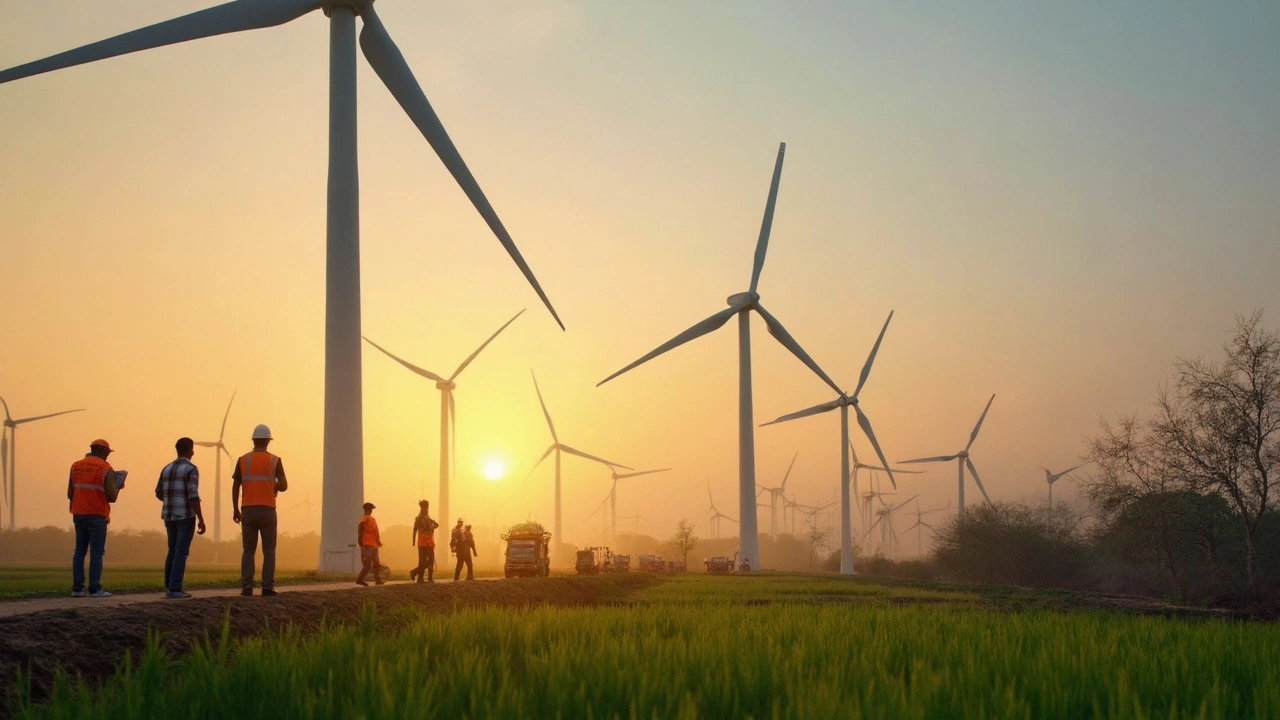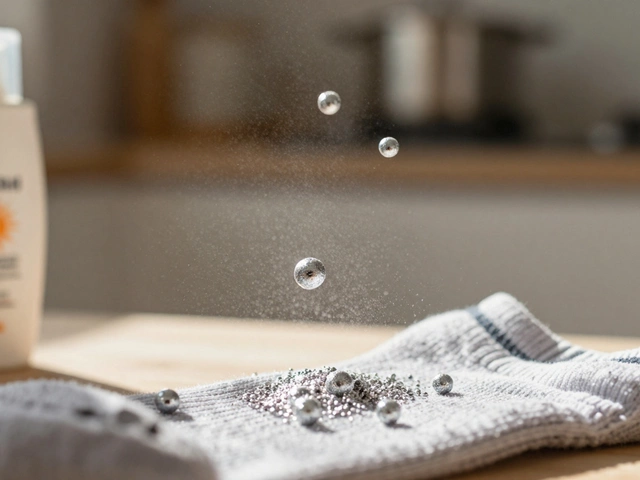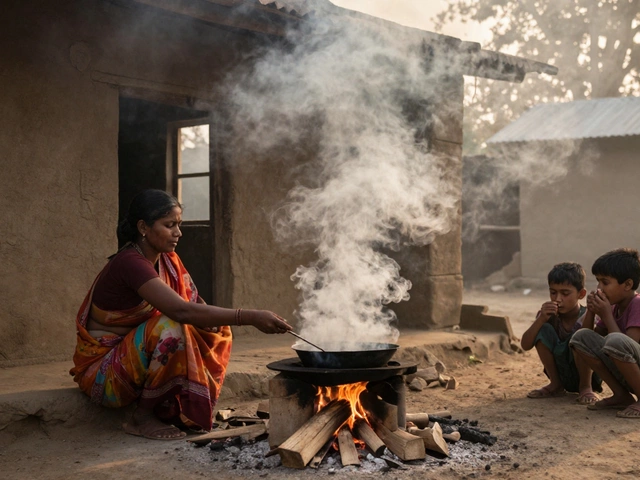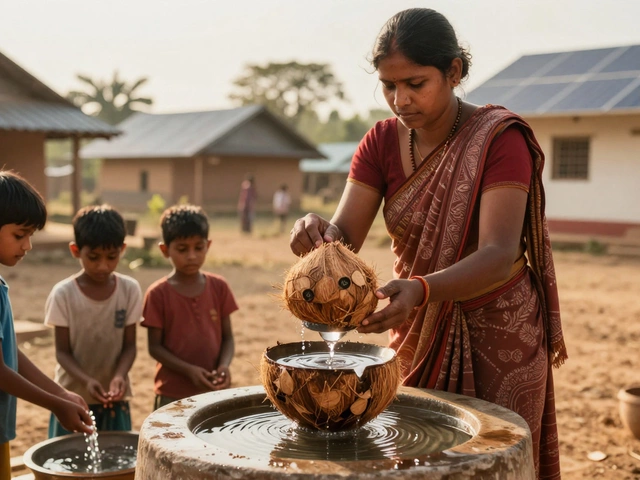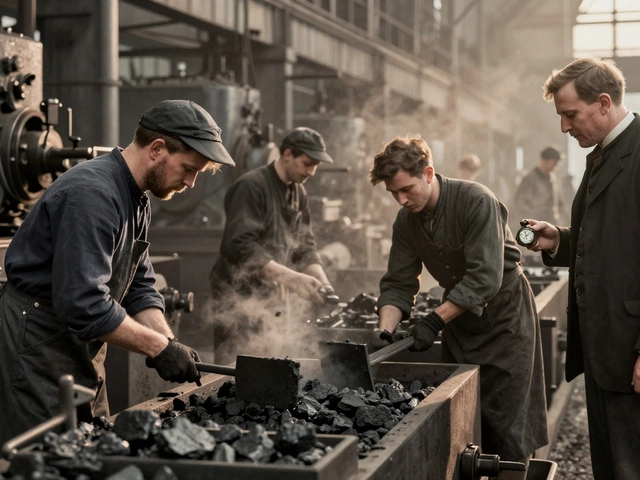You’ve probably heard people rave about how clean and green renewable energy is. But here’s a twist—did you know not all renewables are equally safe? Some setups can be surprisingly risky, even if they promise zero emissions. You’d be shocked to see how the numbers shake out when real accidents, injuries, and deaths are tallied up.
If you’re thinking about the planet, you probably also care about safety, right? It’s not just about burning less oil or coal. We have to ask: who’s at risk when keeping the lights on—workers, neighbors, pets like my chaos-loving dog Bruno, or even the planet itself?
This is where things get interesting. Wind turbines can topple during storms, hydroelectric dams have caused devastating floods, and even solar panels have their own quirks. If you want honest, practical info on which renewable energy source is actually the safest, you’re in the right place.
Let’s break it down in a clear, no-nonsense way. No hype, just facts, examples, and tips so you can see where the real risks and pros lie. Ready to find out what really makes an energy source ‘safe’?
- How We Measure Safety: Looking Beyond the Headlines
- Solar, Wind, and Water: Comparing Everyday Risks
- The Hidden Dangers: What Doesn’t Make the News
- Community Safety and Environmental Impact
- Simple Steps to Stay Safe at Home
How We Measure Safety: Looking Beyond the Headlines
When people chat about renewable energy, safety doesn’t always get the spotlight it deserves. Usually, we hear about huge wind farms or gleaming solar parks popping up somewhere sunny. But what about the accidents, little injuries, or big disasters no one talks about?
So, how do you really know which source is safest? It’s not just a gut feeling. Experts look at numbers—real, hard numbers—like injuries per gigawatt-hour of electricity produced. They track stuff like worker falls at wind farms, fires in solar panel arrays, and even the rare but tragic dam failures from hydropower. Just talking about carbon footprints skips a huge part of the story.
You want a global view. Check out this safest renewable energy comparison based on deaths per terawatt-hour (TWh) of electricity generated, according to a major report by Our World in Data:
| Energy Source | Estimated Deaths per TWh |
|---|---|
| Solar | 0.02 |
| Wind | 0.04 |
| Hydropower | 1.30* |
| Nuclear | 0.03 |
| Coal | 24.60 |
| Gas | 2.80 |
*Hydropower’s numbers spike because of rare but awful disasters like the Banqiao Dam failure in China back in the 1970s.
It’s not all about workers getting hurt on the job, either. Safety means looking at:
- How likely is equipment to fail near homes?
- Do local animals or landscapes get hurt?
- Are there hidden risks during extreme weather?
The basic takeaway is: the safer the energy per unit of electricity, the better off everyone is. Like energy expert Hannah Ritchie points out,
“When measuring energy safety, you have to count both everyday risks and those one-in-a-million disasters. That’s how you get the real story.”
So, don’t just read the headlines. The safest options aren’t always the flashiest or the newest. Real safety is all about data, context, and looking at the full picture—not just the feel-good stories.
Solar, Wind, and Water: Comparing Everyday Risks
Most folks think renewables are totally harmless, but the reality is a bit messier. Each energy type—solar, wind, and hydropower—brings its own day-to-day safety issues, not just for people working there, but sometimes for regular folks living nearby.
Safest renewable energy might sound like marketing talk, but let’s back it up with real stats. Here’s how accident and fatality rates stack up:
| Energy Source | Deaths per TWh* (world average) | Main Risk Factors |
|---|---|---|
| Solar | 0.02 | Electrical shocks, rooftop falls |
| Wind | 0.04 | Falls from height, turbine fires |
| Hydro | 1.3* | Dam failures, flooding |
*TWh = Terawatt-hour (huge amount of energy, about what 100,000 homes use in a year). The hydro rate includes rare, but devastating, dam disasters like China’s Banqiao Dam collapse back in 1975.
- Solar: The biggest dangers are to the workers. Roof-top panel installs are a top cause of workplace falls—real talk, it’s not a job for anyone scared of heights. Electrical accidents can happen too, but once up and running, solar panels are super chill for neighbors and pets. Unless you’re licking the wiring (please, don’t), their risk to bystanders is almost nonexistent.
- Wind: Building and maintaining turbines is riskier than it looks; workers need serious training because falls from towers happen. Every now and then you’ll see a dramatic video online of a turbine catching fire, but actual injuries are rare. As for local wildlife—birds and bats can run into trouble, but this risk can be lowered with smart site choices.
- Hydro: This one feels safe once the dam’s up, but there’s a catch. The big numbers you see for deaths per TWh usually come from rare, catastrophic events. Day-to-day, it’s safe for most, but if a dam fails, things get bad fast. Plus, building massive dams causes farmers and residents to move, and the disruption can turn entire communities upside down.
Tip: If you’re into DIY solar at home, always hire certified installers. For community projects, check out if emergency procedures are in place—especially important if you’re near a dam.
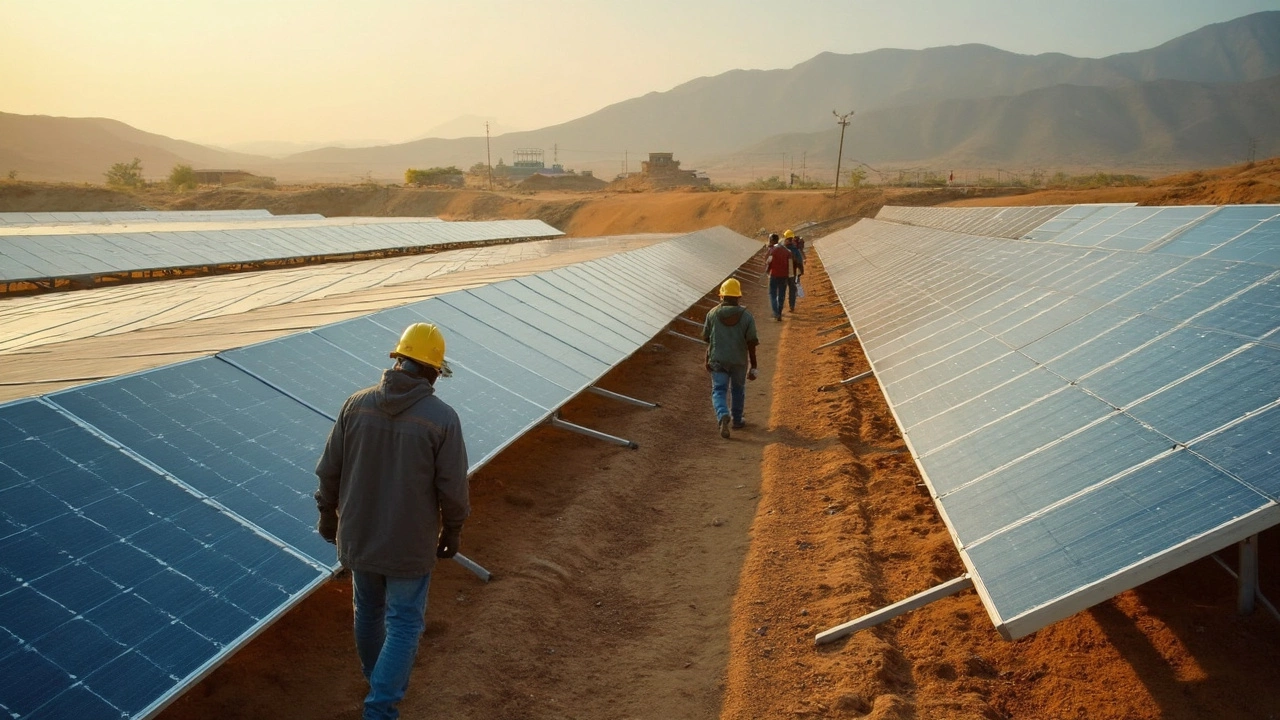
The Hidden Dangers: What Doesn’t Make the News
When it comes to safest renewable energy, the stuff nobody talks about often matters most. Sure, dramatic dam disasters or wind turbine fires sometimes make headlines, but the risks lurking in the background can be just as real—and a lot sneakier.
Take solar panels. They're harmless on your rooftop, right? Not always. The manufacturing process uses chemicals like cadmium and silicon dust, which can be dangerous to workers if companies don’t follow strict safety rules. On top of that, cutting corners on electrical wiring or poor installation can put homeowners at risk of fires. It’s not common, but it happens.
Wind farms look peaceful set against the sky, but there’s more going on. In some places, technicians climbing tall turbines face fall hazards and electrical shocks, especially during routine repairs or storms. Noise and ‘shadow flicker’ from the spinning blades can also annoy neighbors, disrupt wildlife, and even impact sleep for people living nearby.
Hydroelectric power has another side that’s rarely mentioned: when dams hold back rivers, they sometimes lead to “methane burps” as underwater plants rot and release greenhouse gases. Dam failures are rare but often deadly when they occur—just look up the Banqiao Dam disaster in China for a sobering example.
The kicker? Most minor accidents in renewables go unreported. Workers who handle big, heavy solar panels, climb dizzying wind turbines, or do dam maintenance end up with back injuries, cuts, or electrical burns. These stories don’t show up in the news but pile up over time.
- If you’re installing solar at home, ask your contractor about their safety standards and past incidents.
- Living near wind or hydro? Stay informed about emergency warning systems and evacuation plans—just in case.
- And if you work in renewables, always double-check your protective gear. It honestly makes a difference.
So, while renewables seem almost risk-free, the hidden dangers are real. Most aren’t dealbreakers, but it helps to know what’s under the surface before you make any big decisions.
Community Safety and Environmental Impact
If you live near a wind farm, a solar field, or a dam, you probably wonder how all that tech affects your daily life. Here’s the plain truth—every energy source has its quirks beyond just what happens on the power grid.
Let’s start with wind power. Most of the time, wind farms are quiet neighbors. There’s no pollution in the air, and turbines don’t blow up or leak chemicals. But some folks do complain about the low whooshing sound from the blades, especially at night. Safety-wise, turbine accidents are super rare for people living nearby. The real risk is for workers who have to climb those huge towers.
Now, solar is even more low-key. Panels just sit on rooftops or fields and soak up the sun. No moving parts means almost no chance of mechanical injury in the neighborhood. The only things to watch for are electrical fires from poor installation or panels breaking during big storms. Still, these events are really unusual. Plus, no noise, no air pollution, and no toxic spills to stress about.
Hydropower tells a different story. Dams can look calm, but if something goes wrong, the results are anything but peaceful. Dam failures have caused floods with big losses. Even when things work as planned, building a dam can mess with rivers, fish habitats, and even force people to move. So, while hydro provides lots of clean electricity, its community impact isn’t always as small as it looks.
The safest renewable energy for people living nearby usually comes down to solar. It quietly does its thing, needs little maintenance, and almost never causes accidents that affect the community. Wind is close behind, with only small worries like noise. Hydropower brings big benefits, but it’s got baggage—especially if rivers and local habitats are part of your daily view.
If you’re thinking about going solar at home, check your equipment with a certified electrician and pick installers with good track records. For wind, local zoning rules usually keep turbines a safe distance from houses, so it rarely turns into a neighborhood problem. Hydroelectric power is out of most people’s hands, but if new dams are planned nearby, it’s worth asking questions at community meetings—what happens to water flow, fish, and flood risk?
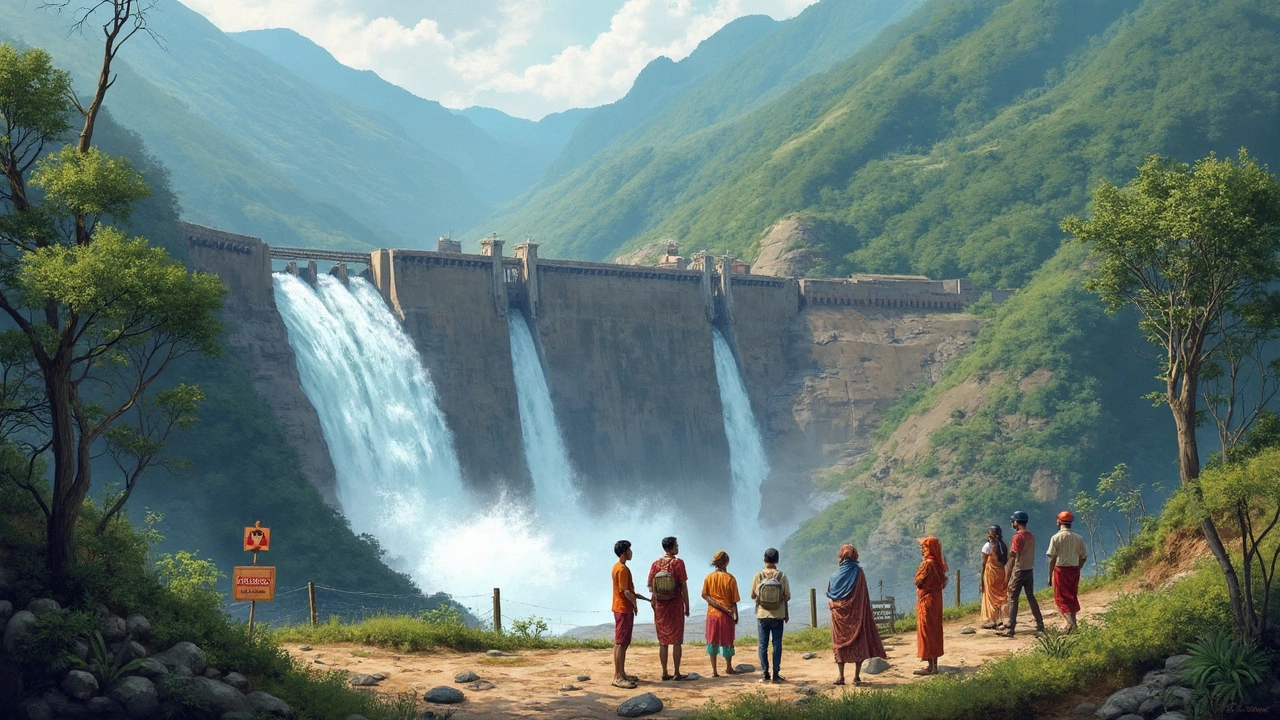
Simple Steps to Stay Safe at Home
Switching to renewables at home is smart, but don’t overlook safety. Every power setup comes with its own risks—whether it’s solar panels on the roof, a small home wind turbine, or using battery storage systems. Here’s what actually works to keep you, your family, and even your pets like Bruno safe around renewable energy gear.
- Safest renewable energy doesn’t always mean zero maintenance. Check your system regularly—loose wiring causes more problems than most folks expect. In the U.S., there are about 1,500 home electrical fires per year linked to solar installations, but most happen because of bad wiring done by non-certified installers.
- Never install solar panels yourself unless you’re actually certified. Professional installers know local codes and catch hidden issues, like roofs that won’t take the extra weight or cables that need special protection from the weather.
- Install a battery system only if you have proper ventilation. Lithium-ion batteries—those super-popular ones in home solar kits—can overheat and, in rare cases, catch fire. Stick batteries in areas where pets and little kids can’t reach them.
- If you have a backyard wind turbine, get it checked once a year. Weather wears out bolts and blades. Most small-turbine injuries happen during storms when parts go flying.
- Don’t forget basic smoke and CO detectors. Even with renewables, there’s still wiring and connections that could spark if something goes wrong.
Curious how real safety stats stack up for home renewables? Here’s a comparison table breaking down reported home incidents in the U.S. in a typical year:
| Energy Source | Annual Reported Home Accidents (U.S.) | Main Causes |
|---|---|---|
| Rooftop Solar | ~1,500 | Electrical fires, faulty installation |
| Wind Turbine (Home use) | <100 | Falling parts, electrical issues |
| Battery Storage | ~200 | Overheating, wrong placement |
One quick tip: always get gear that’s certified by groups like UL (Underwriters Laboratories) or local safety agencies. That label is your proof the stuff’s been tested for abuse and weird weather we get these days.
And finally, don’t let curiosity (or your dog’s) tempt you to poke around wires or batteries. Stick to checking panel surfaces for cracks and leave the nitty-gritty work to the pros. Less risk, more peace of mind, and more time playing fetch or just chilling out while clean energy runs in the background.
